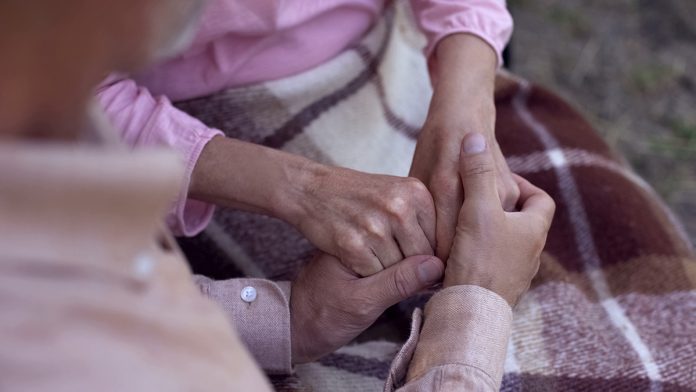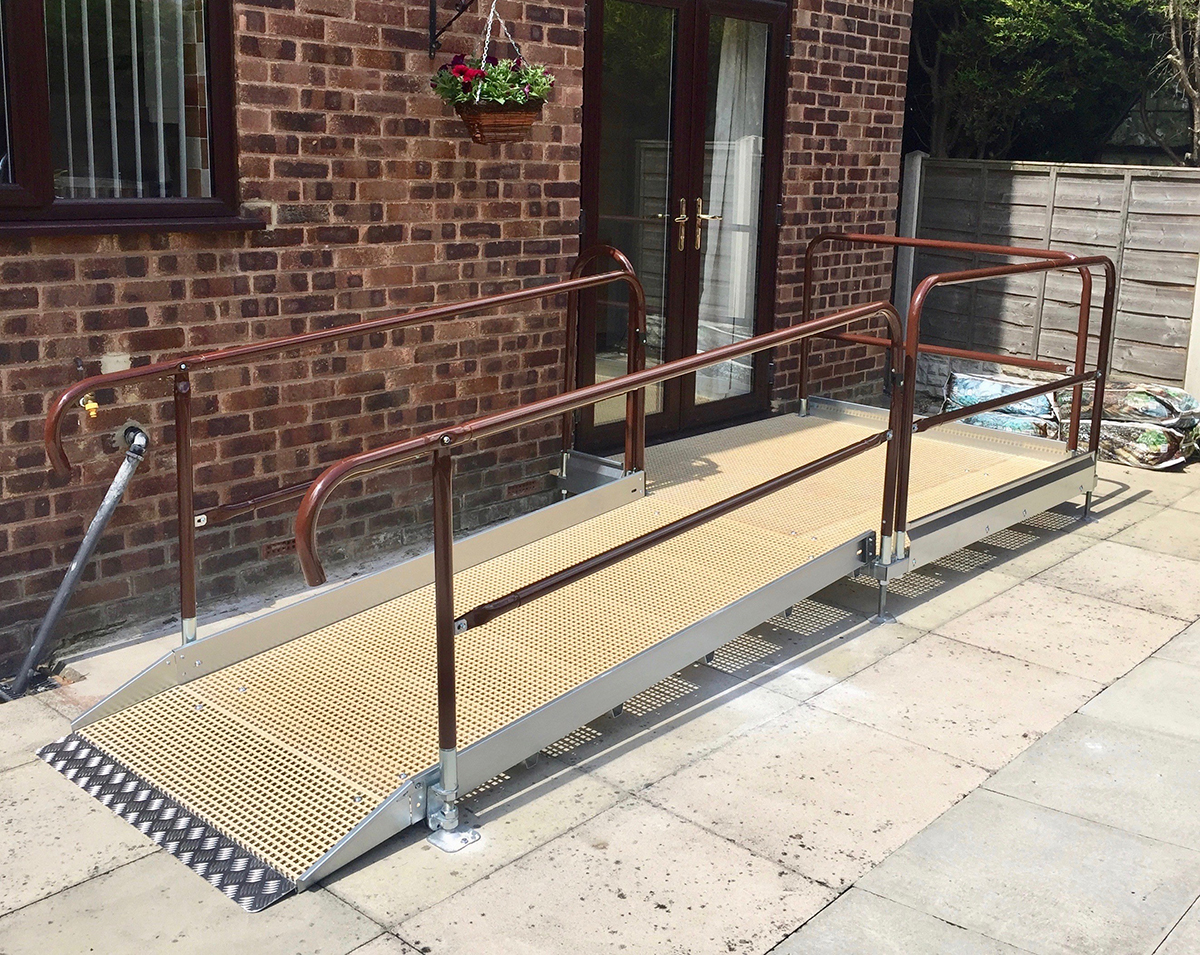Paul Fever, of Go Access Distribution, explores the danger of care home placement after hospital discharge and discusses alternatives
With limited UK hospital beds available putting pressure on the NHS, discharging patients from hospitals and into care homes to free up space is doing much more harm than good.
It is July 2020 and the COVID-19 nightmare is abating, or is it? In the week ending 1 May 2020, there were 2,423 COVID-19 related deaths recorded in care homes, 3,214 recorded in hospitals and 254 recorded in private homes. In other words, over 40% of COVID-19 deaths occurred in care homes this week. So much for shielding the most fragile in our society!
Boris Johnson and his Government have failed care homes and their residents. At a Downing Street press briefing in late April 2020, Matt Hancock stated that the care home crisis “was something we focused on right from the start.” However, it is the exact opposite, as they used care homes to lessen the burden on the NHS, by pressuring them to accept discharged patients and so free up hospital beds. This practice was ingrained long before the rise of COVID-19, with local councils typically using care homes to relieve the NHS and to combat hospital bed blocking. The Boris team just continued this practice. Even today our frailest citizens are still dying as a result.
Several main issues are critical in this situation
The lack of PPE for residents, care staff and ancillary workers.
Continuing difficulties in accessing testing within care homes.
Not a single test per person, but regular weekly testing is needed.
People being discharged straight from hospitals into care homes without being tested before arrival.
It is not rocket science to understand that the end result is high mortality in care homes.
At last, there is a discussion about PPE and testing, and pressure on the government may finally produce positive effects and lower the care home death rate. Better late than never!
Home or care home?
Discharging hospital patients into care homes is not a good practice in many instances, even with sufficient PPE for staff and with greatly enhanced testing. Ask a patient where they would like to end up when they are discharged, and the majority will say home. Home means a semblance of normality and back to some degree of freedom and independence. Naturally, this does not apply in all cases but is relevant and important to many people. We have a situation even before COVID-19 where hospital bed blocking was a huge issue in the UK.
Why is this the case?
A partial answer at least is a lack of hospital beds per capita.
The UK had 2.6 hospital beds per 1,000 people in 2015, compared to 8.1 in Germany, 6.1 in France, 3.2 in Italy (2015), 3.0 in Spain, 2.8 in the U.S. (2014), 2.7 in New Zealand (2016) and 2.6 in Denmark (2016).
So, we have the least number of hospital beds per capita compared to our EU / U.S. friends. Personally, I am not that proud of this statistic.
It is obvious that with fewer hospital beds available the pressure to discharge patients is great. If they cannot go home then send them to a care home, what is the harm? Just ask the thousands who have lost a family member in the last few weeks.
It has been estimated that the problem is so bad that it costs the NHS around £3 billion a year. Moreover, cancelled operations, due to bed blocking, are thought to cause an extra 8,000 deaths each year(1) Reducing bed-blocking will reduce care home deaths and increase patient wellbeing.
Currently, there is a cumbersome and time-consuming process of evaluating and installing suitable wheelchair access for a person coming home from hospital if their home has steps at the door. It takes visits by occupational therapists and surveyors, submittal of design drawings and quotations, and then the inevitable multiple weeks wait for approval to spend the money, to install a ramp. Meanwhile, an average bed blocked will cost £300 to £500 per day! Some patients wait many weeks to get discharged. You do the math!
My company have been providing simple elegant solutions to help folks in wheelchairs and frail walkers gain access to their homes for over ten years. Our modular ramps are highly adaptable and can be adjusted to provide safe access in most locations. Furthermore, very importantly, they have handrails. There is a lot to consider when providing safe wheelchair access that is not at all obvious to the uninitiated. When we survey a property for a wheelchair ramp, we take into account many factors including height of the doorway, length and gradient, garden path location, entry/exit to the ramp, as well as the individual needs of the client.
Our ramps are highly adaptable on-site without extra parts. Modules are bolted together by individual pieces, which means we can make it work anywhere there is enough space.
As a result, we can design a ramp and install it the same day in many instances, from modules on our vehicles.
A real solution that will help relieve bed blocking
We offer:
Instant design, Installation and hire of a high-quality modular access ramp at the patient’s home.
Product in place for safe access within hours and available for as long as needed by the patient.
Simple monthly hire to the local NHS Trust for each location based on the size of the ramp.
Each installation can save the NHS thousands of pounds, reduce bed blocking, relieve strain on care homes, and also improve patient wellbeing and independence.
Is there anybody out there who cares? Paul 07885 282884
Please note: This is a commercial profile












